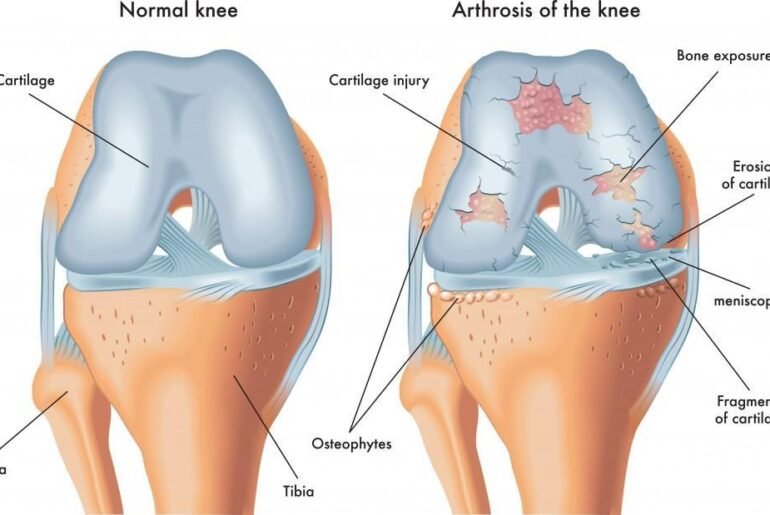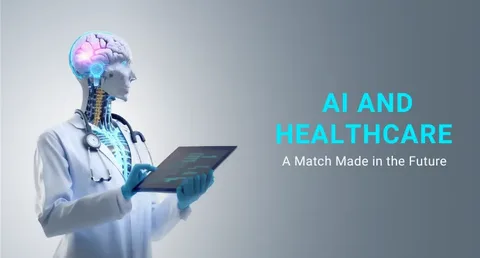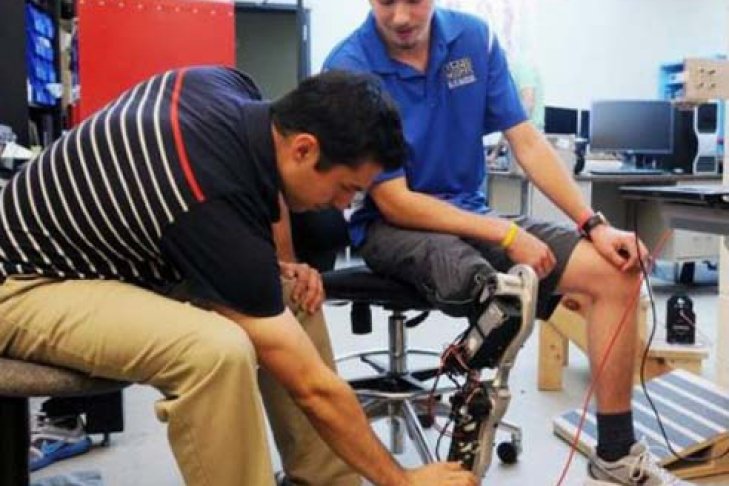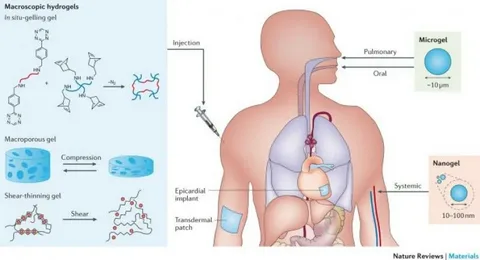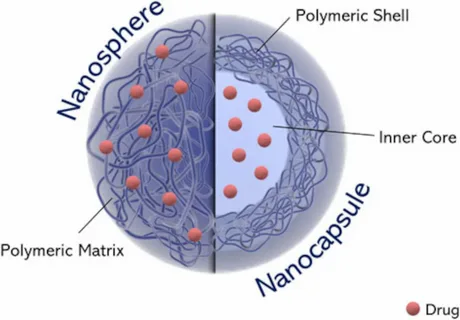Heart disease is one of the leading causes of death globally, responsible for millions of lives lost each year. As medical science advances, new avenues for treatment and prevention continue to emerge. One of the areas receiving increasing attention is the role of platelet activation proteins in combatting heart disease mortality. Understanding the function of these proteins in relation to blood clotting, inflammation, and cardiovascular health opens up new possibilities for reducing mortality from heart…
Osteoarthritis (OA) is a debilitating condition that affects millions worldwide, limiting mobility and causing chronic pain. While several treatment options exist, ranging from medications to surgical interventions, many patients continue to seek more effective and less invasive alternatives. Recently, innovations in biomaterials and regenerative medicine have opened up new possibilities for treating osteoarthritis. One such promising avenue is the use of injectable self-lubricating supramolecular polymer hydrogels loaded with platelet lysate. These advanced materials could…
Introduction Artificial Intelligence (AI) is rapidly transforming industries across the globe, and healthcare is no exception. From automating routine tasks to diagnosing complex conditions, AI holds the potential to revolutionize the way healthcare is delivered. However, as this transformation unfolds, it is essential to understand the multifaceted effects AI has on the healthcare system, particularly on doctors and healthcare workers. While AI brings remarkable improvements in efficiency, precision, and cost-effectiveness, it also presents a…
Introduction Artificial Intelligence (AI) is rapidly transforming various industries, and healthcare is no exception. AI-driven healthcare systems hold the potential to revolutionize medical practices by improving diagnostic accuracy, treatment efficiency, and overall patient care. However, as these advancements take center stage, two critical issues emerge: privacy and accuracy. In a field as sensitive as healthcare, maintaining the privacy of patient information and ensuring the accuracy of AI systems is paramount. This blog post will explore…
Introduction The prosthetics and orthotics market is experiencing unprecedented growth, driven by advancements in technology, aging populations, and a rise in the number of people living with disabilities. From USD 6.76 billion in 2023, the market is projected to reach an estimated USD 9.84 billion by 2032. This expansion underscores the increasing demand for prosthetics (artificial limbs) and orthotics (external devices that support, correct, or aid in the function of parts of the body). As…
Introduction The field of prosthetics has evolved from simple wooden and metal constructs to highly engineered devices designed for functionality and aesthetics. Thanks to cutting-edge developments in materials science, modern prosthetics now feature lightweight and durable components that can withstand the rigors of daily use while remaining comfortable for the wearer. These advancements have been made possible by materials like carbon fiber, titanium, and medical-grade silicone, each offering distinct advantages for specific types of prostheses.…
Introduction Advancements in medical technology have made prosthetics more adaptable and customizable than ever before. Whether you’re an athlete looking for high-performance limbs or someone aiming to regain day-to-day functionality, the variety of prosthetic options available can accommodate a broad range of lifestyles and goals. However, the process of choosing the right prosthesis involves more than just picking a device. It’s about understanding your unique needs, considering your activity levels, and aligning your personal goals…
Introduction The journey of adapting to a prosthesis is a unique experience, one filled with triumphs and challenges alike. For many individuals, prosthetic use opens doors to regained mobility and independence. However, it also brings with it a set of obstacles that can impact daily life. Among these challenges, hyperhidrosis, limb shape changes, and weakness are some of the most common hurdles faced by prosthetic users. In this post, we will explore these obstacles, understand…
Introduction In the ever-evolving field of medicine, the development of drug delivery systems that are both efficient and adaptable remains a priority. From the early days of oral and topical administration methods to the modern advancements in targeted therapy, the pharmaceutical and biotechnology sectors have relentlessly pursued strategies to deliver therapeutic agents in a controlled and sustained manner. Among the cutting-edge developments, polymer-based drug delivery systems have garnered significant attention. Notably, implantable networks and…
Introduction Drug delivery has always been a cornerstone of medical science, determining the effectiveness of various treatments. The challenge of delivering drugs precisely to targeted sites without causing side effects has driven scientists to explore innovative solutions. One of the most promising avenues in modern medicine is the use of colloidal carriers for drug delivery. These carriers, which include micro and nanoparticles, micelles, and micro/nanogels, have the potential to revolutionize how we treat diseases…


